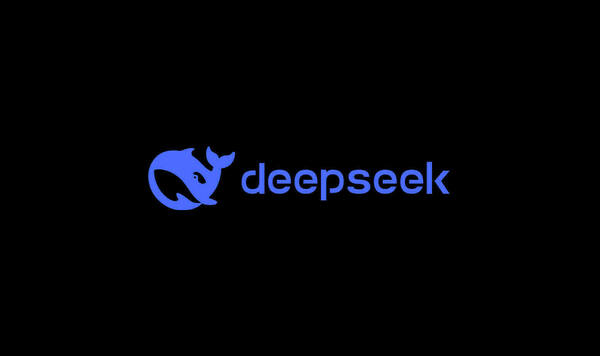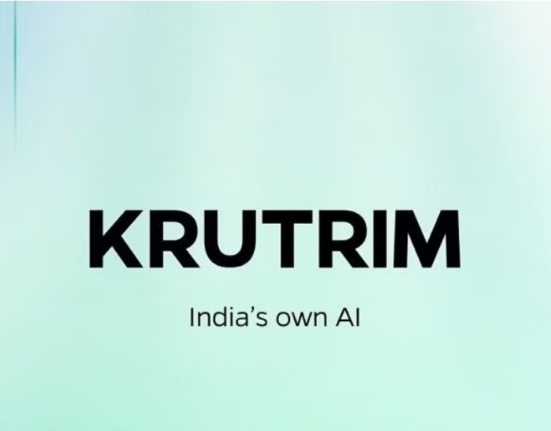Chinese AI startup DeepSeek has made a bold claim about its profitability, stating that its AI services boast a “cost profit margin” of 545%. However, this figure is based on “theoretical income,” raising questions about its real-world viability.
In a post on X, DeepSeek detailed its financial model, explaining that if all usage of its V3 and R1 models in a single day were billed at R1 pricing, the company would generate $562,027 in daily revenue. Meanwhile, the estimated cost of leasing the required GPUs would be just $87,072.
🚀 Day 6 of #OpenSourceWeek: One More Thing – DeepSeek-V3/R1 Inference System Overview
Optimized throughput and latency via:
🔧 Cross-node EP-powered batch scaling
🔄 Computation-communication overlap
⚖️ Load balancingStatistics of DeepSeek’s Online Service:
⚡ 73.7k/14.8k…— DeepSeek (@deepseek_ai) March 1, 2025
Despite these impressive figures, DeepSeek admitted that its actual revenue is “substantially lower” due to factors such as nighttime discounts, lower V3 pricing, and the fact that many services—including web and app access—remain free. The company’s calculations assume an ideal scenario where all usage is monetized, making them more of a projection than a reflection of current profitability.
Also Read: Rollups Vs Appchains
DeepSeek’s announcement comes amid ongoing debates over the cost and profitability of AI. The company gained attention in January after its model reportedly matched OpenAI’s GPT-4o in some benchmarks, despite being developed with lower costs and facing U.S. trade restrictions on advanced chips. This sparked concerns on Wall Street, causing tech stocks to drop and fueling discussions about AI’s financial sustainability.
While DeepSeek’s app briefly overtook OpenAI’s ChatGPT in Apple’s App Store rankings, it has since dropped to #6 in the productivity category, trailing behind ChatGPT, Grok, and Google Gemini.

Raksha, a seasoned journalist, specializes in crafting insightful narratives on blockchain and AI developments. With a keen eye for innovation, she distills complex topics into accessible stories, providing readers with a clear understanding of the dynamic intersection between these transformative technologies.







